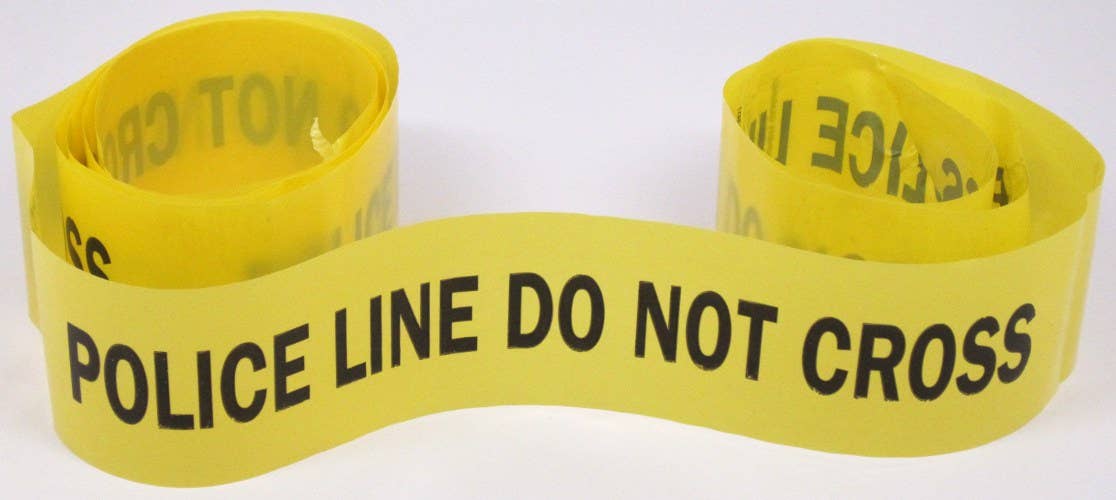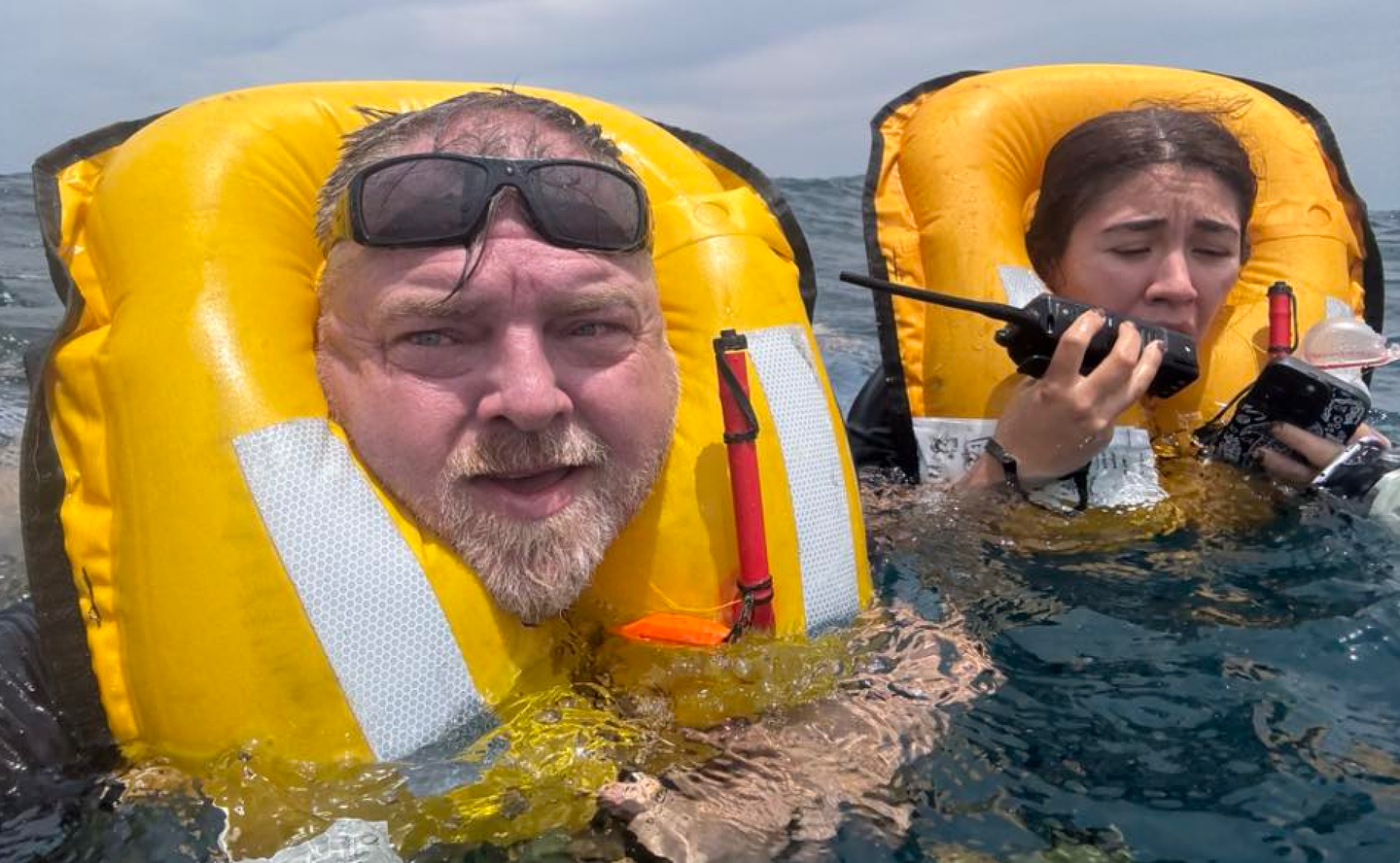New Mooneys: No Parachute?
Mooney is actually considering a full-airplane parachute, as well they should. It’s a powerful sales lever.
I've been pawing over some additional details on the specs for the new airplanes Mooney announced last week in Zhuhai. They truly are clean-sheet designs and the first we've seen from a major manufacturer in more than a decade. The airplanes are interesting less for what they have than what they don't have: ballistic parachutes.
Via e-mail, I asked Mooney CEO Jerry Chen about this. He said parachutes are on the design table and provisions are being made to accommodate them. But no decisions have been made. Anyone who's paying attention will have noticed that Cirrus is the only certified light aircraft line to have a BRS or similar system as standard equipment and to have sold it in significant numbers. I'm absolutely convinced that this has been a factor in the company's sales success and accounts, at least partially, for the fact that Cirrus has about 5000 airplanes in the field. Argue all you like about whether the parachute is effective or whether it's philosophically and morally a good thing. That's really immaterial to its value as a sales tool.
Some years ago, when Cirrus passed about the 2000 airframe mark, we conducted a survey to find out if the Cirrus CAPS was a factor in the buying decision. About a third of Cirrus owners told us it was, but I think the real percentage is higher than that. It's difficult to pin it down exactly because I'm not sure buyers can always articulate their motivations for buying one airplane over another. And we surveyed the pilots, not the spouses.
But consider this: Last year, Cirrus sold 112 SR22s while Cessna sold 21 TTxs; a five-to-one margin. How many otherwise serious and qualified buyers didn't give the TTx a second look because the SR22 has a parachute and the Cessna doesn't? It may not be 50, but I bet it's not zero, either. In a market with the miniscule volume we're seeing these days, those marginal sales make a difference and it doesn't take too many of them to turn a mediocre sales year into a good or great one.
Perhaps the trainer version of the new Mooney-the M10T-doesn't warrant a BRS because training institutions don't attach the emotional value to the second chance a parachute offers. The calculus is just different. Or maybe in markets other than the U.S. and Europe, perceived safety doesn't carry the same weight. But the step-up version Mooney has in mind-the retractable M10J-is a bridge model. It can be both a high-performance trainer for airline or other training and a go-places airplane for an owner interested in economy and who doesn't need four seats. (Many piston GA flights carry one or two people.) But here again rationality and practicality collide. Even though they know they won't fly much with the seats full, many owners still want the option, which is why the fundamental idea of a high-performance two-place airplane remains for Mooney to prove attractive enough to flourish.
The M10J is planned to be a two-seater with a third seat as an option. I don't have specs on weight yet, but I don't expect the laws of physics and aerodynamics to change in the next three years. The J will be 24 feet 6 inches long with a 33-foot 5-inch wingspan. That's essentially the same length as the M20J 201, but with a nearly three foot shorter span. That suggests its gross weight may be lower than the 201's 2740 pounds with a useful load less than the typical 900 pounds for that model. So pick a number. I'd guess between 750 and 800 pounds useful.
That would allow three people, almost full tanks and a bit of baggage. If you throw in the 75 pounds a BRS might consume, then the airplane could still squeak by as a three-placer because thanks to the diesel engine, it doesn't have to tanker as much fuel as a gasoline-powered aircraft would. But it still looks better as a two-place. That might not matter for training, but would it tarnish the appeal as a traveling or sport airplane? It certainly has in the past. Think of the Globe Swift, the Swift Fury, the Micco SP20/26 or the Fascination D4, even Mooney's own Predator-all two-place retracts and all either has beens or never weres. Lack of capital and weak promotion were contributory for the demise or poor market performance of those models, but the concept never seemed to catch fire.
In a way, this is the real-world penalty that the choice of a diesel engine exacts. It's about 90 pounds heavier than the equivalent gasoline engine, meaning none of the light diesel singles-save one--can be practical four-seat airplanes. That includes the Cessna 172 and PA-28 conversions and the new Archer DX. I'm not sure about the new Cessna 172 JT-A. If Cessna certifies it at a higher weight, it may gain back the diesel's penalty. That's what Diamond did with the DA40 NG. It was certified at a weight 290 pounds higher than the gasoline DA40 and that accommodated both the higher engine weight and the extra passenger. Cessna's 182 J-TA is another exception, but it's a heavier airplane.
So Mooney is breaking some new ground here in more ways than one. Perhaps the combination of an economical diesel, retractable gear and a composite airframe will hit the same sweet spot that Cirrus did with the BRS idea. But I can't help feeling they'd do better offering the parachute, perhaps as standard. Since Cirrus pioneered the certification of such a thing on a new airframe, perhaps Mooney's path to certifying with a parachute could be a little easier. On the other hand, I can sit at my desk and easily make observations and suggestions that add millions to a certification program. I'm really good at it. And it doesn't cost me a dime.
Join the conversation.
Read others' comments and add your own.






